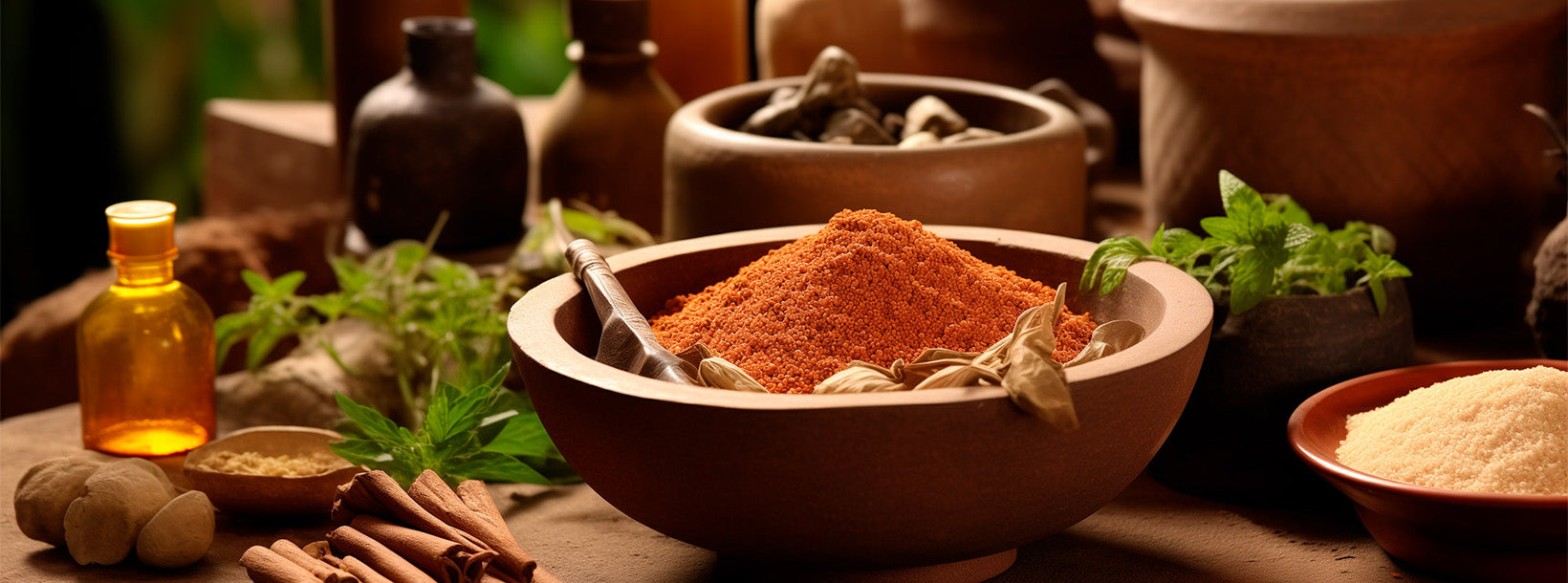
Ajurwedyjskie i ziołowe
Praktyki ajurwedyjskie i ziołolecznictwo koncentrują się na naturalnym leczeniu z wykorzystaniem środków roślinnych. Medycyna ajurwedyjska, zakorzeniona w starożytnych tradycjach indyjskich, kładzie nacisk na równowagę organizmu poprzez dietę, styl życia i kuracje ziołowe. Ziołolecznictwo wykorzystuje właściwości lecznicze roślin do leczenia różnych dolegliwości, promując ogólne dobre samopoczucie. Oba podejścia dążą do holistycznego zdrowia i profilaktyki.
Bhaskaralavana Choorna
Bhaskaralavana Choorna is a traditional Ayurvedic formulation widely recognized and utilized in Sri Lanka for its digestive and carminative properties. Rooted in the ancient science of Ayurveda, which has long been integrated into Sri Lankan indigenous medicine, Bhaskaralavana Choorna plays a crucial role in managing a range of gastrointestinal ailments. The name itself is derived from "Bhaskara" (sun), symbolizing heat and digestive fire, and "Lavana" (salt), which points to its salty composition that aids in enhancing digestion.
In the Sri Lankan context, this choorna (powder) is often prescribed by Ayurvedic practitioners to treat conditions such as indigestion (agnimandya), bloating, loss of appetite, and flatulence. It contains a mixture of ingredients like rock salt, black salt, long pepper, ginger, and other aromatic herbs that are locally sourced and suited to the island’s tropical climate and dietary patterns. The use of Bhaskaralavana Choorna aligns with the Sri Lankan Ayurvedic approach that emphasizes balance among the three doshas (Vata, Pitta, Kapha), with this choorna particularly beneficial for pacifying Vata and Kapha doshas.
In rural Sri Lankan households, this formulation is sometimes kept as a home remedy, used after heavy meals or festive feasting to aid digestion. Its warming and stimulating nature makes it suitable for the predominantly rice-based Sri Lankan diet, which can sometimes lead to sluggish digestion if not balanced properly. Moreover, the practice of using such choornas reflects the continued relevance of Ayurvedic and Hela Wedakama (indigenous medicine) systems in everyday life, especially in areas where access to modern pharmaceuticals may be limited or where cultural preference leans toward natural remedies.










